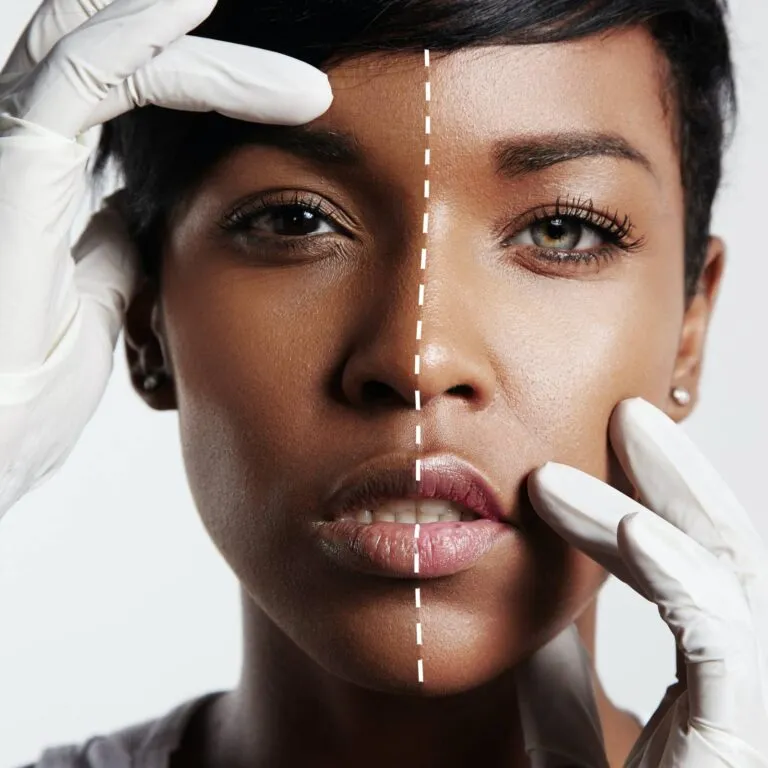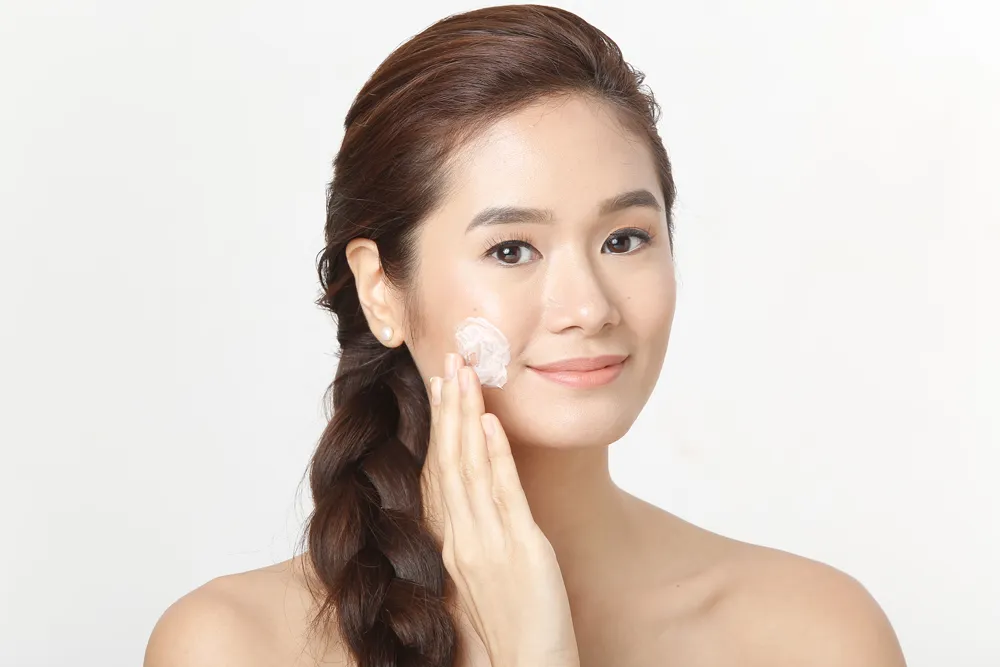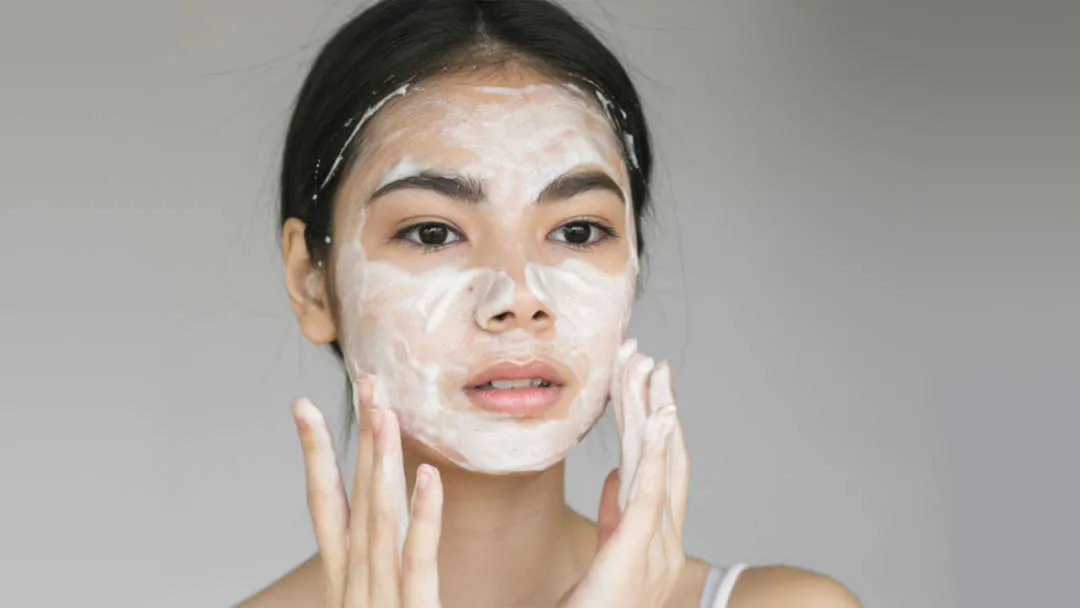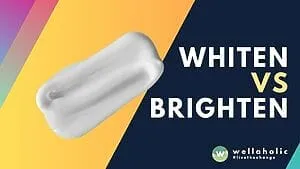Understanding Teeth Whitening
Achieving a dazzling, white smile is a goal for many, and teeth whitening has become a popular cosmetic procedure. This article delves into the science behind teeth whitening, explores various effective methods, and provides essential tips on maintaining a bright, healthy smile. From understanding the causes of tooth discoloration to exploring the latest whitening treatments, we’ll cover everything you need to know to brighten your pearly whites. Whether you’re considering professional treatments or at-home solutions, this guide will help you navigate the world of teeth whitening with confidence. The journey to a brighter smile begins with knowledge, and we’re here to provide you with the information you need to make informed decisions and achieve the smile of your dreams.
The Science Behind Teeth Whitening
Teeth whitening works by using bleaching agents to break down the stains and discoloration that accumulate on and within the tooth enamel. The primary bleaching agent is typically hydrogen peroxide or carbamide peroxide. These chemicals penetrate the enamel and dentin, the inner layer of the tooth, oxidizing the stain molecules. This oxidation process breaks the stain molecules into smaller, less concentrated forms, resulting in a lighter appearance. The effectiveness of the whitening process depends on factors such as the concentration of the bleaching agent, the duration of its application, and the type and severity of the stains. Understanding this scientific process helps you appreciate how different whitening methods achieve their results and allows you to make informed choices about the best approach for your needs. Moreover, the enamel’s porosity and thickness can also affect the whitening outcome.
Factors Affecting Tooth Discoloration

Several factors can contribute to tooth discoloration, ranging from lifestyle choices to natural aging. The most common culprits include the consumption of staining foods and beverages such as coffee, tea, red wine, and berries. Tobacco use is another significant factor, as nicotine and tar can stain teeth heavily. Additionally, the natural aging process causes enamel to thin, revealing the yellowish dentin underneath. Certain medications, such as tetracycline, can also lead to internal tooth staining, particularly if taken during tooth development. Poor oral hygiene, including inadequate brushing and flossing, allows stains to build up over time. Genetics can play a role too, as some individuals may be predisposed to having less naturally white teeth. Understanding these factors helps you identify potential causes of discoloration and take preventive measures to maintain a brighter smile. Addressing these factors proactively is key to achieving and maintaining a whiter smile.
Effective Methods for Whitening Teeth
Various teeth whitening methods cater to different needs and preferences. Professional treatments offer the fastest and most dramatic results, while at-home options provide more convenience and affordability. The choice of method depends on factors such as the degree of discoloration, the desired outcome, and personal budget. Combining different approaches can also provide a comprehensive teeth whitening strategy. Consulting a dentist is crucial to determine the most suitable method for your specific case, ensuring both effectiveness and safety. Always follow the instructions carefully and be aware of potential side effects. Moreover, assessing your lifestyle and dietary habits can complement the whitening process and optimize the outcome. This holistic approach ensures a healthy and radiant smile.
Professional Teeth Whitening Treatments
Professional teeth whitening, performed by a dentist, offers the most effective and rapid results. These treatments typically involve a higher concentration of bleaching agents than at-home methods, yielding noticeable improvements in a single visit. Dentists can also monitor the procedure and address any sensitivity that may arise. This ensures both safety and optimal whitening outcomes. Professional treatments often utilize light or laser activation to accelerate the whitening process. The dentist will apply a protective barrier to the gums and soft tissues before applying the whitening agent to the teeth. This method is ideal for those seeking immediate results or those with severe discoloration. Regular dental check-ups and cleanings can further complement and sustain these professional treatments, ensuring long-term oral health and a bright smile.
In-Office Whitening Procedures

In-office whitening procedures involve the application of a high-concentration bleaching gel directly to the teeth by a dental professional. The dentist will typically isolate the teeth and protect the gums before applying the gel. The bleaching agent is often activated by a special light or laser to accelerate the whitening process. This method can brighten teeth several shades in a single session, providing immediate and dramatic results. The entire procedure usually takes around one hour, making it a convenient option for busy individuals. Dentists can also customize the treatment based on the individual’s needs and the severity of the discoloration. This level of control and expertise ensures a safe and effective teeth whitening experience. Regular follow-up appointments can help maintain and enhance these results.
At-Home Whitening Kits
At-home whitening kits offer a more convenient and cost-effective way to brighten your smile. These kits typically include custom-fitted trays, bleaching gel, and instructions for use. The dentist may provide a custom tray, ensuring a proper fit and reducing the risk of gum irritation. The patient applies the gel to the trays and wears them for a specified amount of time each day or night, depending on the product’s instructions. Results are usually visible within a few weeks, although the duration can vary based on the individual and the severity of the discoloration. It is essential to follow the dentist’s or manufacturer’s instructions carefully to achieve the best and safest results. Be aware of potential sensitivity, and consult with your dentist if any adverse effects occur. Consistent use, coupled with good oral hygiene, maximizes the effectiveness of at-home whitening kits.
Over-the-Counter Whitening Products
Over-the-counter whitening products are readily available and offer a convenient solution for teeth whitening. These products include whitening toothpastes, strips, and gels. While they are generally less potent than professional treatments, they can provide noticeable improvements with consistent use. The effectiveness of these products varies depending on the concentration of the active ingredients and the individual’s teeth. Whitening toothpastes often contain mild abrasives or low concentrations of peroxide to remove surface stains. Whitening strips and gels typically have higher concentrations of bleaching agents and are applied directly to the teeth. It’s important to carefully read the product instructions and be aware of potential side effects, such as tooth sensitivity. While over-the-counter products can enhance your smile, consulting a dentist for a professional assessment and guidance is always recommended. Moreover, combining over-the-counter products with good oral hygiene practices can enhance results.
Whitening Toothpastes

Whitening toothpastes are a popular choice for enhancing the brightness of your smile. They typically contain mild abrasives, such as silica, or low concentrations of peroxide to help remove surface stains. These toothpastes can be effective in removing stains caused by coffee, tea, and other common culprits. While they may not significantly change the natural color of your teeth, they can make them appear brighter by removing surface discoloration. Consistent use of whitening toothpastes can contribute to overall oral hygiene and contribute to a brighter smile. However, it’s important to remember that they are not a substitute for professional whitening treatments, especially for more severe staining or discoloration. Always follow the recommended brushing instructions and be mindful of potential sensitivity.
Whitening Strips and Gels
Whitening strips and gels are another readily accessible option for teeth whitening. These products typically contain a higher concentration of peroxide than whitening toothpastes, delivering more noticeable results. Whitening strips are thin, flexible strips coated with a bleaching agent that adhere directly to the teeth. Whitening gels can be applied using custom or pre-formed trays. When used as directed, they can effectively lighten teeth over a period of time. It’s essential to follow the manufacturer’s instructions carefully to ensure safe and effective use. Common side effects include tooth sensitivity and gum irritation, so it is recommended to consult a dentist if these symptoms persist or worsen. Combining whitening strips and gels with other oral hygiene practices, such as proper brushing and flossing, can enhance the overall outcome. Moreover, assessing your individual needs and the degree of discoloration can help you choose the most suitable product for your desired results.
How to Maintain a Bright Smile
Maintaining a bright smile requires a commitment to proper oral hygiene, dietary adjustments, and regular dental check-ups. By adopting these practices, you can prolong the results of your teeth whitening treatments and prevent future discoloration. Maintaining a vibrant smile is an ongoing process, involving daily care and regular professional attention. Consistent effort and attention to these factors are the keys to achieving and maintaining a dazzling smile. In addition, incorporating these practices into your daily routine will not only enhance the aesthetic appeal of your teeth but also promote overall oral health. Remember that prevention is always easier and more cost-effective than treatment.
Dietary Considerations for Teeth Whitening

Your diet plays a crucial role in maintaining a bright smile. Certain foods and drinks can stain teeth and reverse the effects of whitening treatments. It’s essential to be mindful of what you consume and how it can impact the color of your teeth. Making conscious choices can extend the lifespan of your whitening results and promote healthier teeth. A balanced diet, coupled with good oral hygiene, is key to achieving and sustaining a dazzling smile. Moreover, being aware of the impact of food and drinks on your teeth can inform your choices and help prevent discoloration. Adjusting your diet can be a powerful way to keep your teeth white and your smile bright.
Foods and Drinks to Avoid
Certain foods and drinks are notorious for staining teeth. Coffee, tea, and red wine are common culprits due to their dark pigments. Berries, such as blueberries and raspberries, also contain strong pigments that can stain teeth. Other foods to be cautious of include soy sauce, balsamic vinegar, and curries. Tobacco use is another significant factor, as smoking and chewing tobacco can cause significant discoloration. Limiting your intake of these staining foods and drinks can help preserve the whiteness of your teeth. Rinsing your mouth with water after consuming them can also help minimize the impact. If you do consume these items, brushing your teeth shortly afterward, when appropriate, can help prevent stains from setting in. Being mindful of your dietary choices contributes significantly to achieving a bright, white smile.
Foods and Drinks to Embrace
While certain foods and drinks should be limited, others can actually benefit your teeth and help maintain their brightness. Water is essential for oral health, as it helps rinse away food particles and bacteria. Crunchy fruits and vegetables, such as apples and carrots, can act as natural toothbrushes by helping to remove surface stains. Dairy products, such as milk and cheese, are rich in calcium, which strengthens tooth enamel. Green tea and other herbal teas, when consumed without added sugar, can be a better alternative to coffee and black tea. Incorporating these items into your diet helps not only improve oral health but also can prevent stains from setting in. Maintaining a balanced diet with these tooth-friendly options contributes to long-term dental health and a brighter smile.
Oral Hygiene Practices for a Brighter Smile

Proper oral hygiene is the cornerstone of maintaining a bright, healthy smile. Consistent and effective brushing, flossing, and regular dental check-ups are essential for removing plaque, preventing stains, and maintaining overall oral health. These practices not only keep your teeth looking their best but also protect against dental issues such as cavities and gum disease. Making these practices a regular part of your daily routine can significantly impact the appearance and health of your teeth. A commitment to good oral hygiene is a long-term investment in your smile and your overall well-being. The habits that you create now will help you enjoy a healthy and bright smile for years to come.
Proper Brushing Techniques
Effective brushing involves using the correct technique and tools. Brush your teeth twice a day for two minutes each time. Use a soft-bristled toothbrush and apply gentle pressure to avoid damaging your enamel. Hold the toothbrush at a 45-degree angle to your gums and use small, circular motions to brush the outer surfaces, inner surfaces, and chewing surfaces of all teeth. Don’t forget to brush your tongue to remove bacteria and freshen your breath. Consider using an electric toothbrush, which can be more effective at removing plaque and debris. Replacing your toothbrush every three months, or sooner if the bristles become frayed, is also important. The right brushing technique ensures your teeth are clean, healthy, and bright.
Flossing Regularly
Flossing is a crucial part of your oral hygiene routine, as it removes plaque and food particles from between your teeth and under the gumline, areas that your toothbrush cannot reach. Floss at least once a day, preferably before bedtime. Use about 18 inches of floss, winding most of it around your middle fingers, leaving a few inches to work with. Gently guide the floss between your teeth, using a sawing motion to avoid snapping the floss. Curve the floss around each tooth in a C-shape and move it up and down, making sure to clean the sides of each tooth. Flossing helps prevent gum disease and cavities. Flossing regularly is a simple habit that significantly contributes to your overall oral health and helps in keeping your teeth white and bright.
Regular Dental Check-ups

Regular dental check-ups and professional cleanings are vital for maintaining a bright and healthy smile. Visit your dentist every six months for a comprehensive examination and cleaning. During a check-up, the dentist will examine your teeth and gums for any signs of problems, such as cavities or gum disease. They will also remove plaque and tartar that you cannot remove at home. Professional cleanings can also help remove surface stains and improve the overall appearance of your teeth. The dentist can also provide personalized recommendations for your oral hygiene routine. Regular check-ups allow early detection of problems and provide the opportunity for timely intervention, helping to preserve your smile’s health and appearance. These check-ups are an important part of your commitment to a bright and healthy smile.
